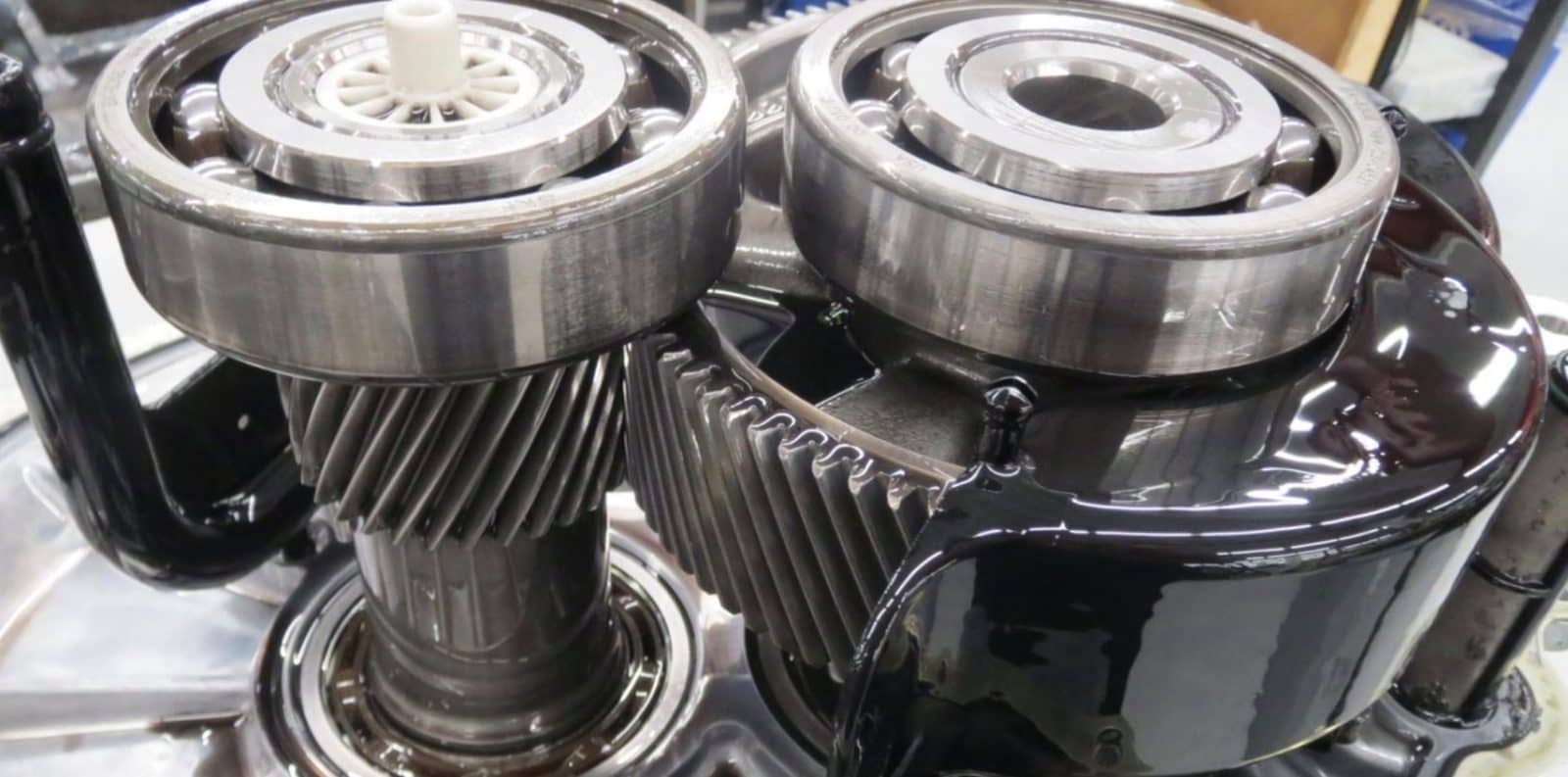Have you ever wondered why diesel engines end up losing power and efficiency over time? The video that we are featuring has been sponsored by ExxonMobil Synergy Diesel Efficient Fuel and comes from none other than the famous Jason Fenske of Engineering Explained.

The modern diesel engine development has allowed for improved engine efficiency while reducing the NOx and particulate matter emissions. The video from Engineering Explained in collaboration with the ExxonMobil Synergy Diesel Efficient Fuel will be focusing on several questions. These questions include the following;
- Firstly, it will discuss what diesel fuel is?
- Then the video talks about how do diesel engines work, and how is diesel different from gasoline engines?
- What makes the diesel engines typically more efficient than gasoline engines?
- Talking about trends, the video will focus on why do diesel engines continue to move towards higher fuel pressures and finer injector holes?
- What is the relation of efficiency and emissions to the fuel injector properties?
- Why injector deposit is a problem for the diesel engines, and why are they more susceptible to it?
- Exactly how do injector deposits hamper engine performance characteristics?

ExxonMobil has come up with Synergy Diesel Efficient fuel. This particular fuel by ExxonMobil tackles the issue of deposits and comes with a proprietary additive package that has been designed and proven to minimize the deposits on injectors. By taking out the problem of injector deposits or reducing it, the idea is to bring back the original spray pattern.

The description of the video by Engineering Explained reads, ‘I was able to visit one of the research facilities where this new fuel was tested, and results proved a 2% improvement in average fuel economy, a 2% reduction in CO2 emissions, and an 11% reduction in NOx emissions. This video will dive into the details of how this is all possible, and how testing was performed.’
Check out the video below and let us know what you think of it!


